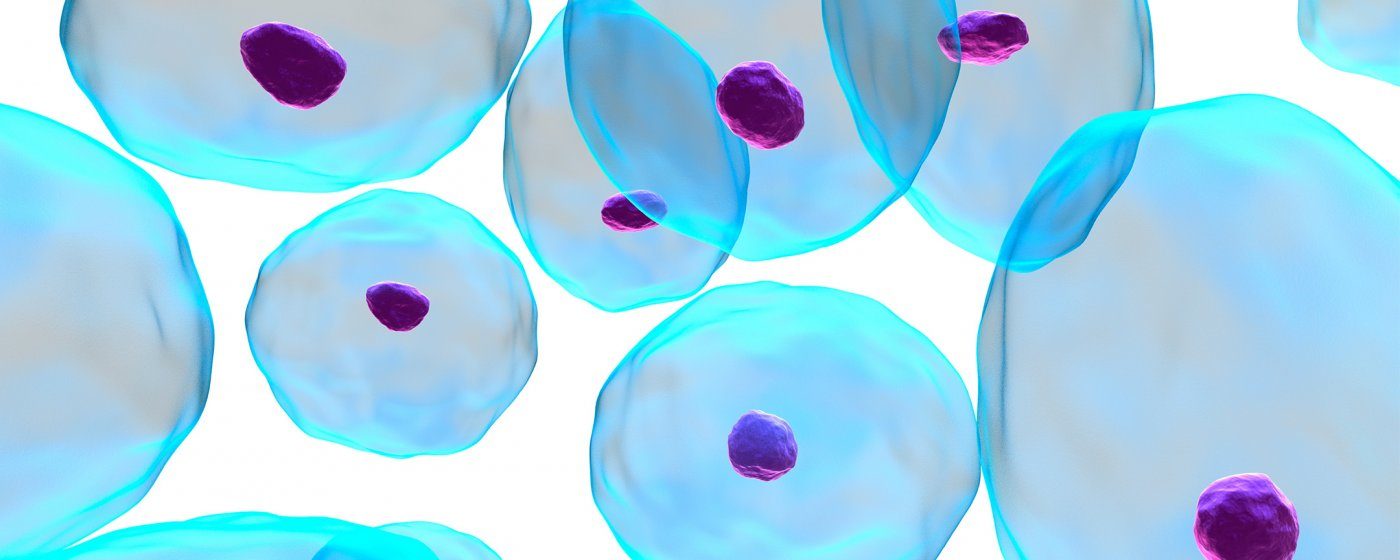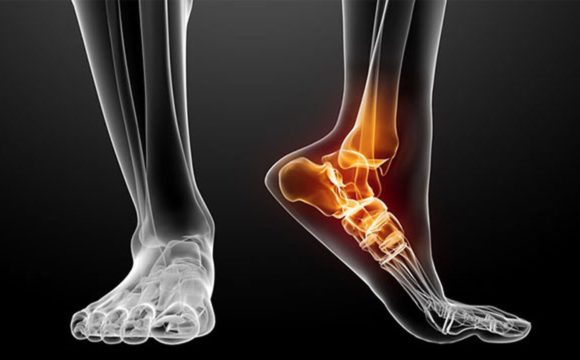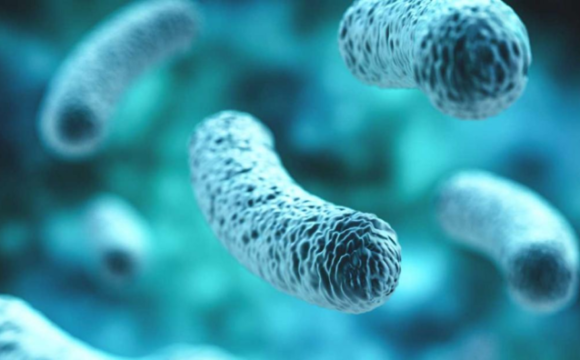Myelomeningocele is a defect of the backbone (spine) and spinal cord. It is one of the most common neurological birth defects in the world.
During the early stages of fetal development, the outermost layer of the fertilized egg (also known as ectoderm) develops a ridge which eventually gets separated and closed to gives rise to what is known as a neural tube. This neural tube is a hollow structure from which the brain, the spinal cord, and the meninges are formed.
When the neural tube fails to close completely the vertebral arches may develop with defects or may be absent altogether due to the unorganized surrounding mesoderm. The spinal cord and the meninges protrude out of the opening of the vertebrae and is held together by a sac of the skin which pouches out from infant’s back. In most adverse cases there is no skin at all which leads to the exposure of the nerves or spinal cord making it prone to both injury and infections.
Stages of Neural tube formation
The condition may begin to unfold by the fourth week of pregnancy. Some common symptoms of Myelomeningocele in the child may include loss of sensation, seizures, paralysis, leg and foot deformities amongst others.
Myelomeningocele
The exact causes of it are not known some possible risk factors involves vitamin B9 or folic acid deficiency, diabetes, obesity etc. Prenatal diagnosis involves detecting increased levels of Alpha-fetoprotein or AFP which can leak from the sac into the amniotic fluid and then enter the bloodstream. However, AFP can be increased due to other reasons as well, therefore, other methods like ultrasound or amniocentesis (direct sample from amniotic sac) may be preferred.
Treatment involves surgery. It can be done both prenatally and postnatally to close the Myelomeningocele. Surgery is expensive and risky. If successful, the damage spinal nerves can still result in lifelong paralysis or urinary catheterization ( a synthetic tube made of latex/polyurethane known as a urinary catheter is inserted into a patient’s bladder via the urethra to collect urine)
THE RESEARCH:
A study published in Stem Cell Reports on 6th of June 2017 demonstrated a novel way in stem cell research that could potentially treat Myelomeningocele. Artificial skin grafts were used to repair life-threatening neural tube defects in rodents. The research was conducted at the Center for Regenerative Medicine, National Research Institute for Child Health and Development, Japan
About 20 mL of Amniotic fluid was extracted from polyhydramnion (a medical condition describing an excess of amniotic fluid) women to generate Induced Pluripotent Stem Cells (iPS) iPSC. These stem cells (iPSCs) were differentiated into Keratinocytes, an epidermal cell which forms the outer most layer of the skin. These cells were then treated with additional compounds such as epidermal growth factor to promote their growth into a multi-layered 3-Dimensional skin.
Through an incision on the uterine wall, the 3-D skin was grafted on 20 rat fetuses. The results are stunning! Myelomeningocele defects were partially covered in eight newborn rats and completely covered in four providing full protection to the spinal cord. On top of this, these skin grafts regenerated with the fetus development and enhanced skin coverage throughout the pregnancy.
There were no side effects like tumour generation but there was some decrease in the body weight and height of the animals
Akihiro Umezawa
(Source:med.keio.ac)
The research established the possibilities of stem cell treatments in congenital disease. “We are encouraged by our results and believe that our fetal stem cell therapy has great potential to become a novel treatment for myelomeningocele. However, additional studies in larger animals are needed to demonstrate that our fetal stem cell therapy safely promotes long-term skin regeneration and neurological improvement.” said the lead researcher Akihiro Umezawa as mentioned on medicalxpress.com.
Reference:
Kazuhiro Kajiwara et al. Fetal Therapy Model of Myelomeningocele with Three-Dimensional Skin Using Amniotic Fluid Cell-Derived Induced Pluripotent Stem Cells. Stem Cell Reports, 6 June 2017










